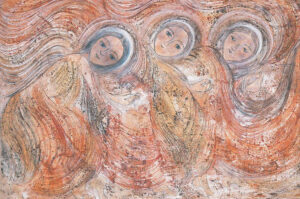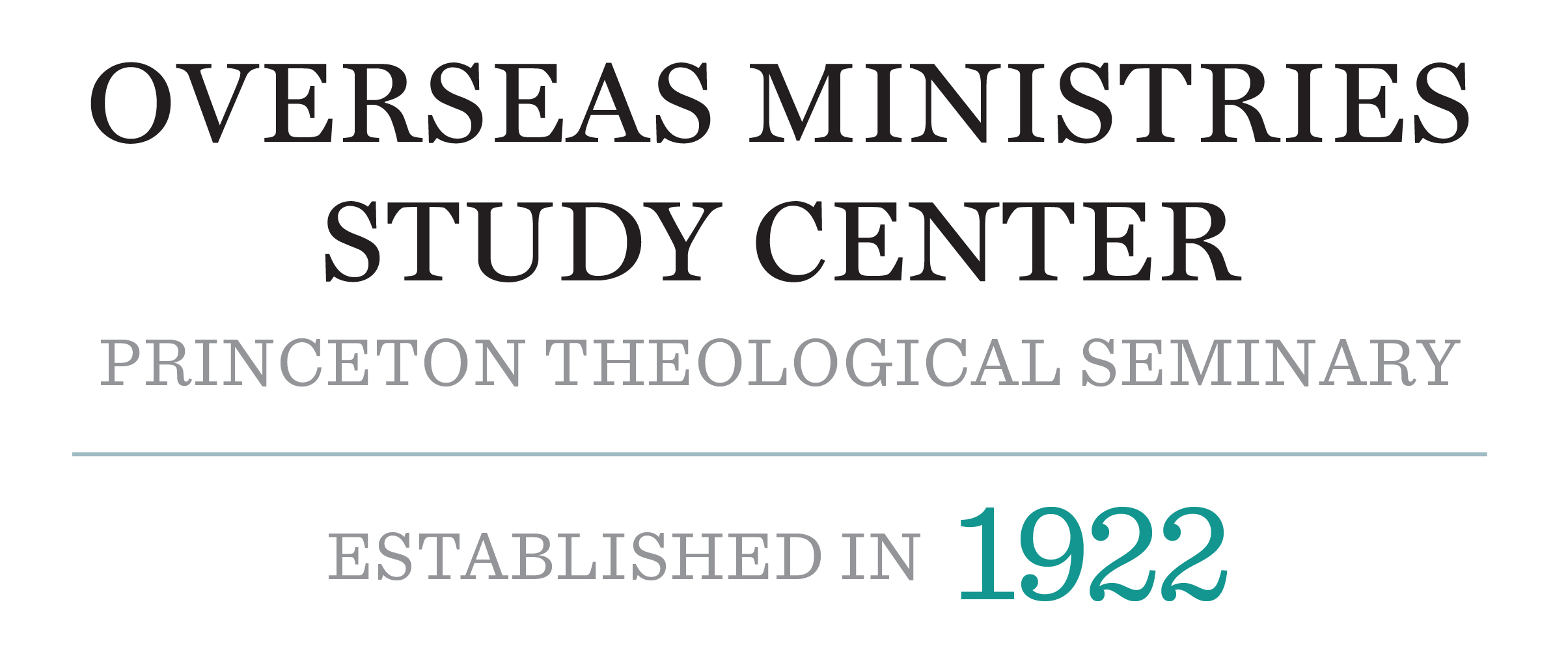By Thomas Hastings – Executive Director – OMSC@PTS
This is the fifth in a series of eight posts that spotlights paintings from our Artist in Residence program in dialogue with Christian scripture to offer spiritual windows for reflection and prayer. These reflections are based on Princeton Seminary’s Summer 2022 Chapel series. You can view the service from which this post is based HERE
SCRIPTURE READING : Genesis 18:1-10
This is the first of two of Nalini Jayasuriya’s Sri Lankan readings of Scripture that we will look at. In this first case, the text is Gen 18. Nalini was OMSC’s first artist in residence, serving in that position from 2001–2003. Speaking of her vocation as a visual artist, she wrote, “Art confessing faith invites participation, links people, meets human needs and unites believers in enduring bonds of illumined confidence and hope.” She continued, “Language, music, and dance are linear and consecutive; visual art is a configuration, complex and abounding, questing and immediate.”
Let’s turn now to her depiction of the “Three Angels” in conversation with the Genesis text.

The first surprise in the text itself is the narrator’s matter-of-fact report that “The Lord appeared to Abraham by the oaks of Mamre.” Evidently, this astounding revelation gives Nalini freedom to depict the mysterious three “men,” “messengers,” or “angels” as women. She knew that women would be more likely to empathize with Sarah’s vulnerable social situation as a childless married woman.
The next surprise is easy to miss, yet it is at the heart of Nalini’s Sri Lankan reading of the text. In Contrast to the Western theological tradition of reading the Genesis 18 theophany in “proto-trinitarian” terms, she depicts her three angels with distinct hand gestures that are meant to draw our attention. From left to right, these three gestures symbolize postures of prayer or meditation in the Abrahamic tradition of open hands, the Hindu/Buddhist tradition of the dharmachakra, and the Christian tradition of folded hands.
As for Nalini’s context, Sri Lanka is a majority Buddhist country, where Muslims, Hindus, and Christians are minorities. 70.2 percent of the Sri Lankan population is Buddhist, 12.6 percent Hindu, 9.7 percent Muslim, and 7.4 percent Christian. Indeed, having witnessed firsthand the Sri Lankan Civil War, which lasted from 1983–2009, between Sinhalese Buddhists and Tamil Hindus, perhaps she is inviting fellow Christians in her country to become peacemakers in the way of Jesus. Living as a Christian in such a tense multi-religious context, here is how Nalini summarized these religious traditions. “The Muslim proclaims submission, the Buddhist sifts reality, the Hindu affirms belief, and the Christian confesses faith.”
Next, notice that the first and second visiting angels are looking straight ahead, presumably at the Lord? Or at Abraham and Sarah? or at us? But the “Christian” angel is turned toward her neighbors. Is she praying for them? Does she possess some secret she hopes to share?
Nalini’s “questing and immediate” painting beautifully portrays the position of followers of Jesus in Sri Lanka and many other societies where Christians are a minority. In company with Abraham, who offers generous and spontaneous hospitality to these three mysterious visitors, Nalini seems to say that Christians, who confess love for God and neighbor as the central teaching of their faith, are called to offer hospitality and companionship to neighbors belonging to other religious traditions. This may be her way of calling us to recognize the divine imago in all others. And she reminds us that the witness of companionship and welcome, in the way of Abraham and Jesus, is a far more effective witness to the gospel than enmity and rejection.
For some, such a radical openness to the so-called “religious other” may provoke a question about whether or not Christianity is the only true religion.
The PC (USA) Study Catechism, authored in the 1990s by PTS professors Hunsinger, MacCormick, Osmer, and several other church leaders, tackles this tough question.
Question 50 – Is Christianity the only true religion?
Religion is a complex matter. When used as a means to promote self-justification, war-mongering or prejudice, it is a form of sin. Too often all religions — and not least Christianity — have been twisted in this way. Nevertheless, by grace, despite all disobedience, Christianity offers the truth of the gospel. Although other religions may enshrine various truths, no other can or does affirm the name of Jesus Christ as the hope of the world.
Through the agency of three messengers, the Lord visits Abraham and Sarah and communicates the hope of a child beyond their wildest expectations. In like manner, Christians in places like Sri Lanka and Princeton may expect to hear the divine “YES” as we give witness to Jesus Christ, proclaiming our faith through concrete and often risky peacemaking acts of hospitality and companionship.
In the name of the One Lord, Creator, Redeemer, and Sustainer, who is our Peace. Amen.




